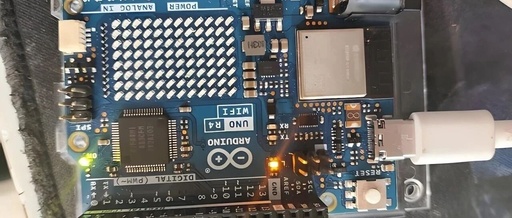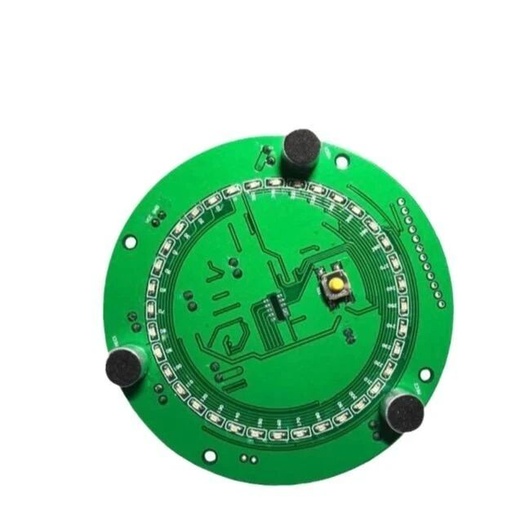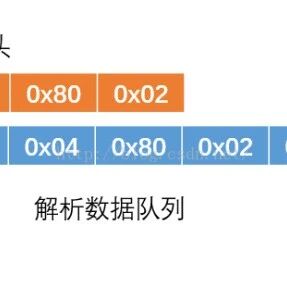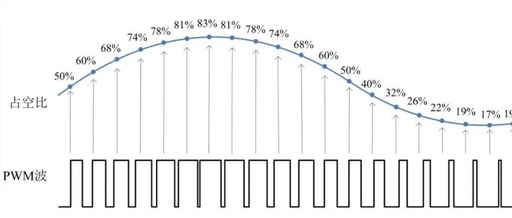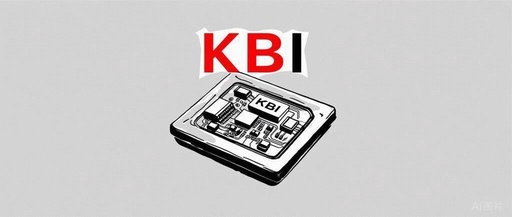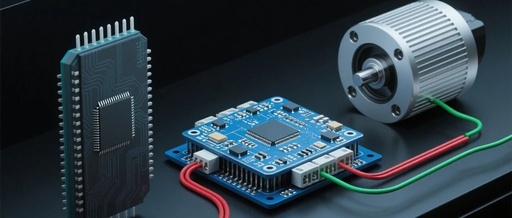Microcontroller Solution Development: Alarm Sound Chip, Clock Module Voice IC, Alarm Music IC Chip
Microcontroller Solution Development: Alarm Sound Chip, Clock Module Voice IC, Alarm Music IC Chip Model Number:2018+*sop16 Number of Channels:8 Production Batch Number:2018+ Packaging:Embossed Tape Mounting Type:Panel Mount Package Specification:SOP Application Field:Consumer Grade Output Voltage:5.5 Output Current:26-40MA Order Number:Alarm Sound Chip Duration:234-702 seconds Function:Voice Chip Interface Type:PWM&DAC Message Sending:Single Channel

